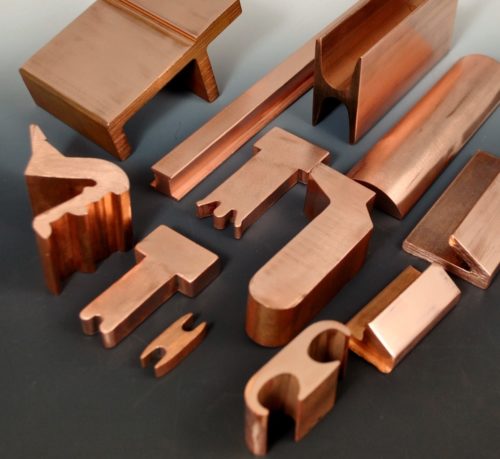Forging vs Extrusion: A Comparative Guide of Two Shaping Methods
Leave a Comment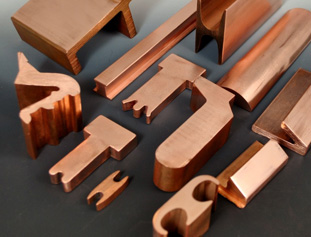
When you want to manufacture copper parts and components, there are multiple ways to achieve the same results. Forging and extrusion are 2 reliable methods. Here is a comparative guide illustrating the differences between forging copper and making custom copper extrusions.
Forging
When using a forge, you use massive amounts of compressive force to press a solid piece of copper or other metal into the shape you desire. The raw copper, called a billet, is shaped by a custom-made steel die. Forging methods vary depending on the process temperature (hot or cold) and style of die (open or closed). Mechanically, forged copper parts are exceptionally strong and have tremendous structural integrity. This is because the raw copper material is put through high pressure which creates deformation. Deformation causes the copper to conform to the desired shape via metallurgical recrystallization and grain refinement.
Forged copper is less labor intensive and leaves less scraps behind than copper extrusions. The extreme pressure from the forge creates a smooth surface and eliminates any cavities or voids within the finalized copper part. Forged copper parts are highly reliable and consistent in strength, shape, and flexibility.
With the exception of closed die forging, all other methods have difficulty meeting the strict tolerance requirements copper and other metals need when being shaped. This can lead to a lot of secondary processing to successfully create the finished shape, especially if you use the open die forge method. Plus, open forging does not always work when you want to make a complex or intricate shape using copper or other metals.
Extrusion
The process of extruding copper involves a high-pressure press that forces the raw billet through a die typically known as an outlet. The die is composed of small or differently-shaped cross-sections that match the shape you want or need to be extruded. These shapes can be as long as you want or need them to be, with the standard length at 12 feet. The extrusion process can create several properties and produce elongated grain structures that increase the raw copper’s mechanical strength.
The best copper extrusion methods are hot extrusion and cold extrusion. Hot extrusion involves heating the copper billet above the temperature at which the metal would normally crystallize. Such high temperatures rid the copper of pores and voids, breaks up formations, and creates a smoother structure. Cold extrusion shapes copper at the temperature of the room or area the machinery is kept in. This gives the final shape a better finish on the surface and adds strength through strain hardening.
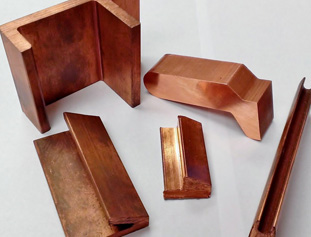
You can also extrude copper and other metals directly or indirectly. Indirect extruding involves pushing raw copper through a work chamber using a ram to push the material through a special die made of steel. Indirect extrusion involves fully containing raw copper in a chamber with a built-in hollow ram that the material is pushed through or formed over. The machines used in extrusion methods can be made by a reputable copper extrusion manufacturer or purchased from reliable copper extrusion suppliers.
Extrusion methods are ideal for creating long, tubular metal structures like hand rails that can be cut into smaller pieces if necessary. There is a low yield of scraps from the machines and they work quickly and efficiently. The finalized copper forms have incredibly consistent cross-sections that is helpful for parts that need a certain mechanical property or pressure rigidity. The forms also have improved impact resistance, flexibility, and strength.
If you have any other questions about the copper extrusion method, visit the Hoyt online today.


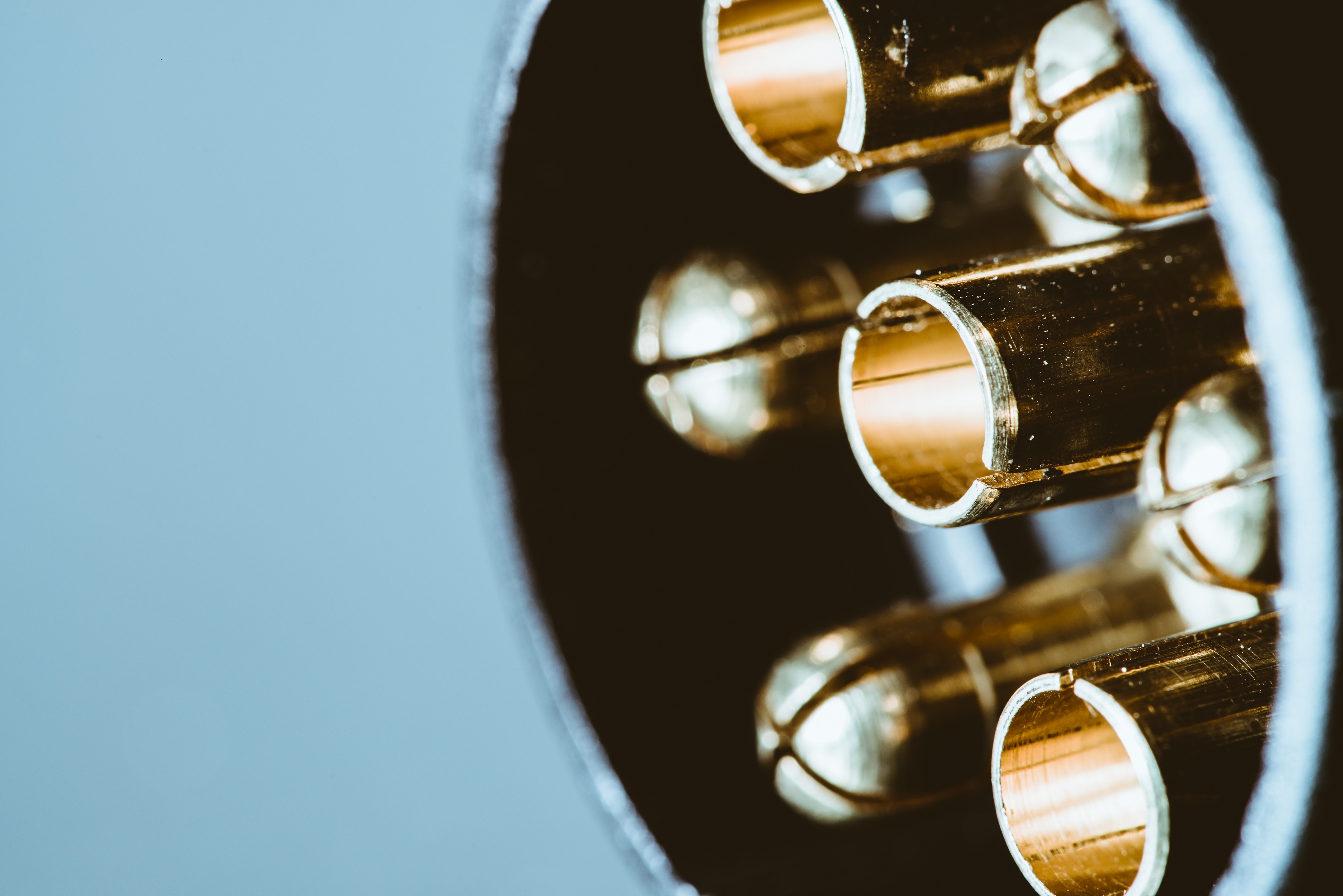
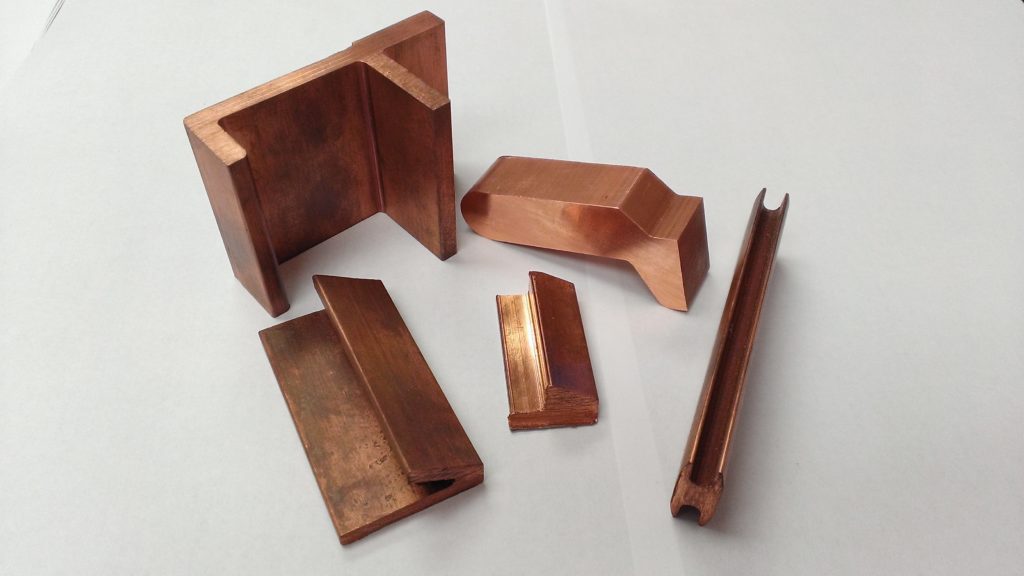
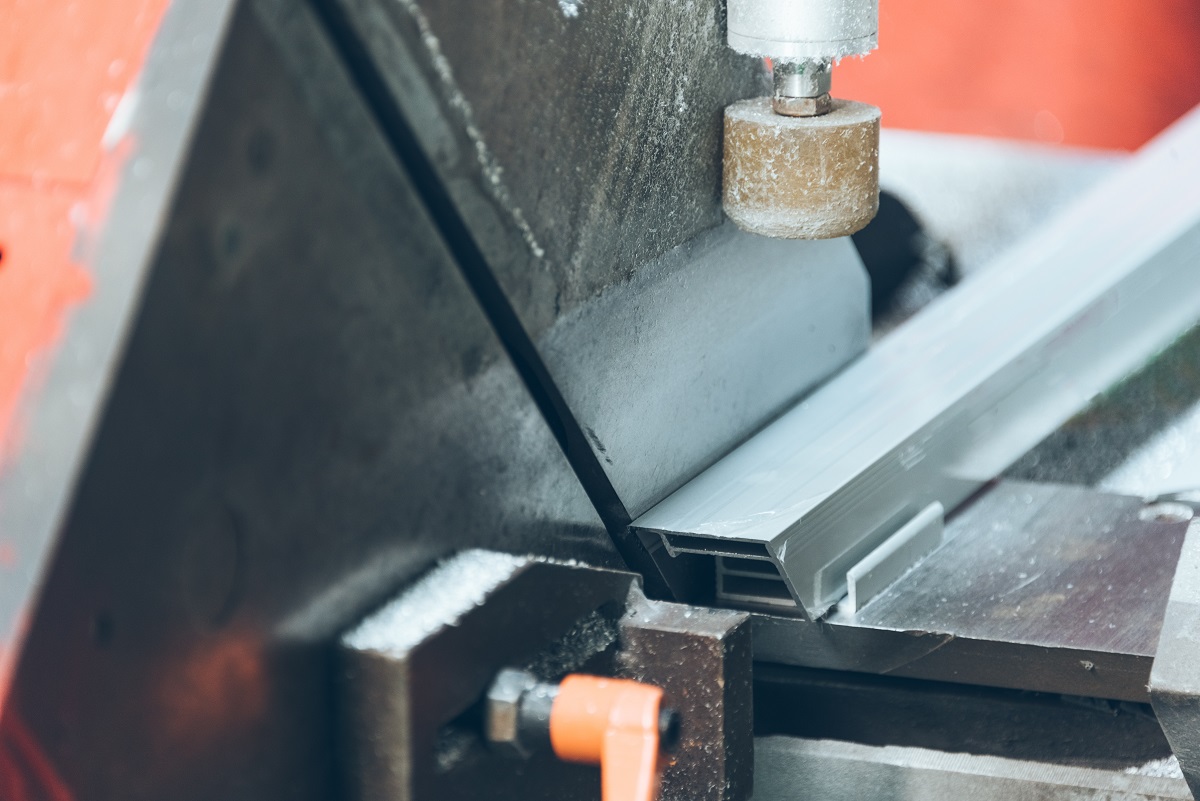

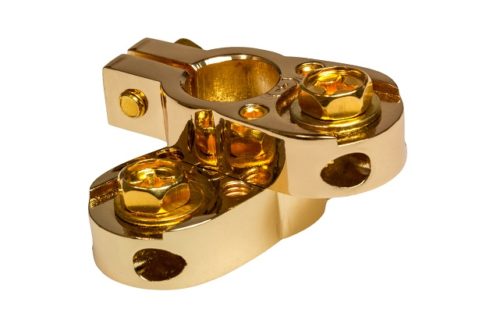

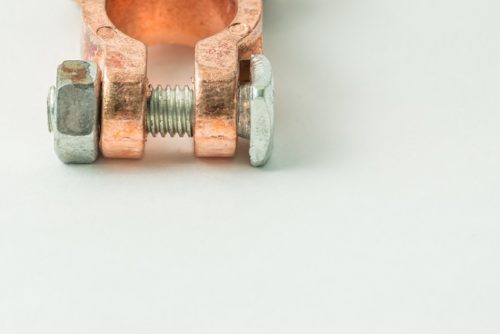
 Your electric power system puts up with a lot of stress. If you’ve had the same system in your building for a while, then it’s important for you to routinely examine it and maintain it as necessary. Otherwise, you could end up having to replace part or all of the system, which is not only a huge expense, but is also a time-consuming project that can seriously inconvenience you until it’s all finished. A big part of your maintenance should involve your switching equipment, especially your switchgear auxiliary contacts.
Your electric power system puts up with a lot of stress. If you’ve had the same system in your building for a while, then it’s important for you to routinely examine it and maintain it as necessary. Otherwise, you could end up having to replace part or all of the system, which is not only a huge expense, but is also a time-consuming project that can seriously inconvenience you until it’s all finished. A big part of your maintenance should involve your switching equipment, especially your switchgear auxiliary contacts.